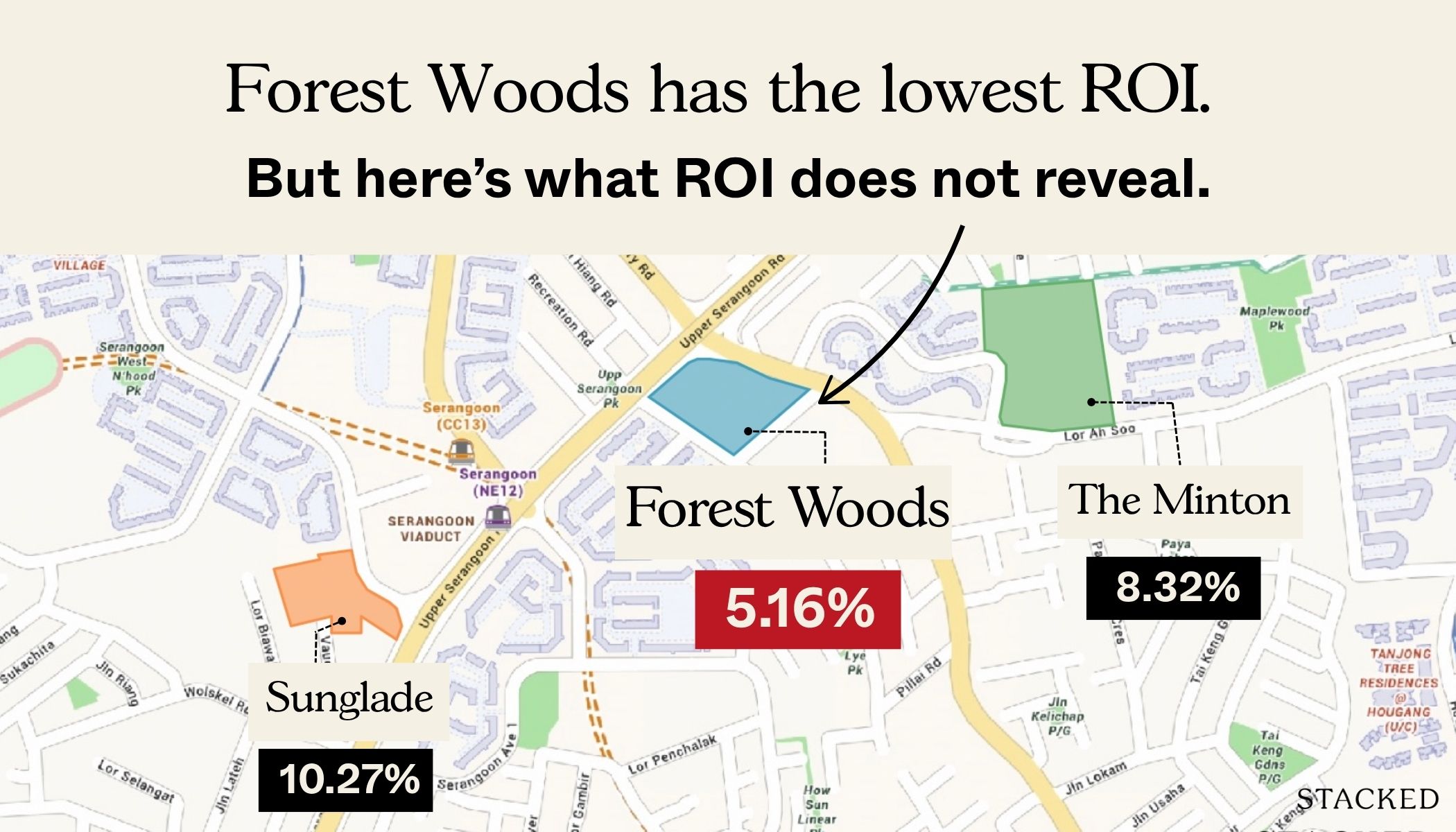How Condo En-Bloc Sales Became A Speculative Exit Strategy In Singapore

Get The Property Insights Serious Buyers Read First: Join 50,000+ readers who rely on our weekly breakdowns of Singapore’s property market.
A seasoned content strategist with over 17 years in the real estate and financial journalism sectors, Ryan has built a reputation for transforming complex industry jargon into accessible knowledge. With a track record of writing and editing for leading financial platforms and publications, Ryan's expertise has been recognised across various media outlets. His role as a former content editor for 99.co and a co-host for CNA 938's Open House programme underscores his commitment to providing valuable insights into the property market.
En-bloc sales and private property go hand-in-hand; some Singaporeans even claim that en-bloc potential is the main advantage of old private homes. But elements of the trend may be newer than you think, and en-bloc sales didn’t quite work the same in the past. Here’s a look at how collective sales came to be seen as a windfall, and about how it used to be:
Where did the en-bloc phenomenon come from?
This refers to the collective sale of properties to a buyer. In most private homeowners’ minds, this happens when a condo project gets too old, and a sufficient number of owners agree to sell the entire project to an entity for redevelopment.
The very first en-bloc sale and redevelopment of this kind was allegedly five bungalows that were redeveloped into Anderson 18. This is contrary to claims that the first en-bloc was Cosy Mansions; we sourced this from a report in The Business Times, which claims the Anderson deal happened earlier in 1979/80*.
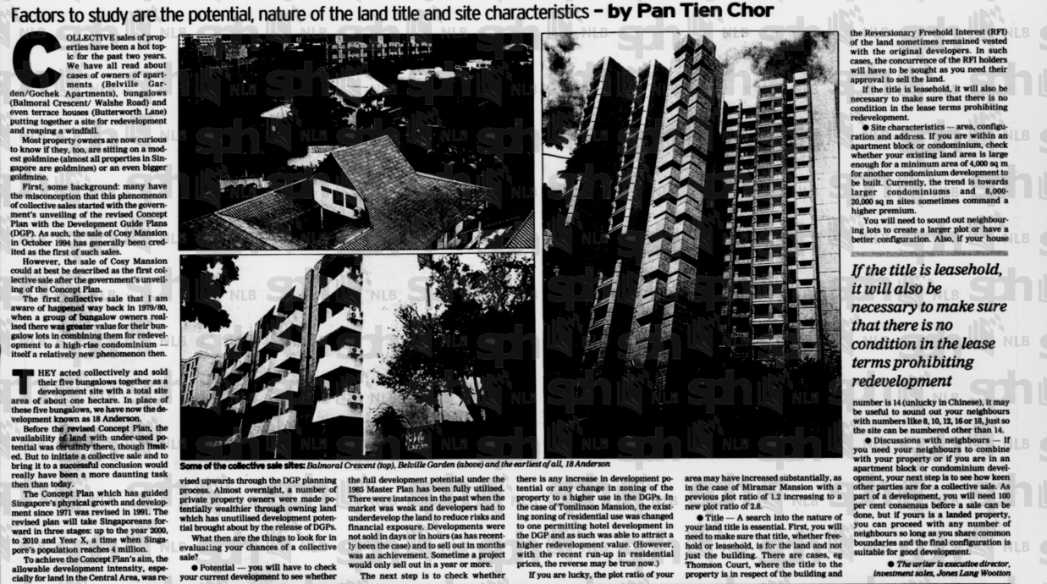
In the same linked report, you can also see what started the en-bloc interest: the Development Guide Plans (DGPs). Once the government began releasing information on future zoning/planning intent, developers as well as groups of sellers were able to see the potential opportunities and work together. Prior to this, the Master Plan only showed existing developments and zones, not future plans.
Today we don’t have DGPs any more (the last of 55 DGPs was for the Punggol area in July 1998) but we now incorporate future zoning and urban planning into the Master Plan.
*As an interesting aside, the article warns of Reversionary Freehold Interest (RFI), which is a leasehold property built on freehold land. This is an ongoing issue, and the report shows it’s been with us from the start.
It was actually the government who made en-bloc sales easier
Today, you need 80 per cent consensus by share value and strata title area, for an en-bloc to proceed (90 per cent for developments 10 years or newer). But this wasn’t the case: prior to 1999, a single property owner could object and stop the entire en-bloc.
It was in November 1997 when the government first mentioned it wanted to make en-bloc sales easier. This was in the interest of the country as a whole: to better accommodate a growing population, it was essentially that older properties with few units make way for denser high rises, with increased plot ratios. At the same time, it was recognised that en-bloc sales prevent urban blight: redevelopment stops us from accumulating a mess of deteriorating buildings, which pose health hazards (structural issues, vermin, and so forth).
If the free market can deal with this, with residents “evicting” themselves and developers bearing the cost of urban renewal, so much the better for the public and the taxpayer. So it was that the Strata Titles (Amendment) Act of 1999 allowed a situation where the majority could overpower a minority, even in the context of selling their home. On the flip side, this may be a necessary solution to free up plots like freehold or 999-year leasehold land, which may otherwise never be developed for higher-intensity use.
For a time, the Method Of Apportionment (MOA) in en-bloc sales made mixed-use units unpopular
The MOA refers to how sale proceeds from an en-bloc are distributed. One of the earlier common methods was simply to go by Share Value, an issue which we discuss in this article.
More from Stacked
What To Look For In An Older Condo Before You Buy
New launch condos have a lot of psychological appeal, until you hear the horror stories – like Laurel Tree and…
But apart from being unfair to owners of larger units, this also ended up making mixed-use projects harder to sell. The reason is that the commercial spaces in the building can be valued very differently from residential. Consider, for example, a space being used as a restaurant: one that has operated for many years, such as Mookata in the former Golden Mile Complex: what is its value compared to a residential unit?

If we just go by strata area, it doesn’t make sense. The restaurant could lose a massive chunk of revenue, as well as long-time customers, by being forced to move. It’s arguable that a homeowner – who has probably also paid less for maintenance over the years – is suffering a much smaller loss.
But “rational” doesn’t equate to “acceptable,” and not every residential unit owner is going to accept this argument.
For a time, this resulted in murmurings that mixed-use projects were at a disadvantage for en-bloc sales. It was believed that collective sale potential was more limited, given the likely objections.
Today though, this is less of an issue (which isn’t to say it’s disappeared altogether, en-bloc sales are always contentious). More complex MOAs tend to be used now, such as ⅓ share value, ⅓ valuation, and ⅓ strata area, or others. The real estate firms and developers have become more adaptable, and the authorities seem happy to allow this sort of flexibility.
The origin of “Freehold is better than leasehold for en-bloc sales”
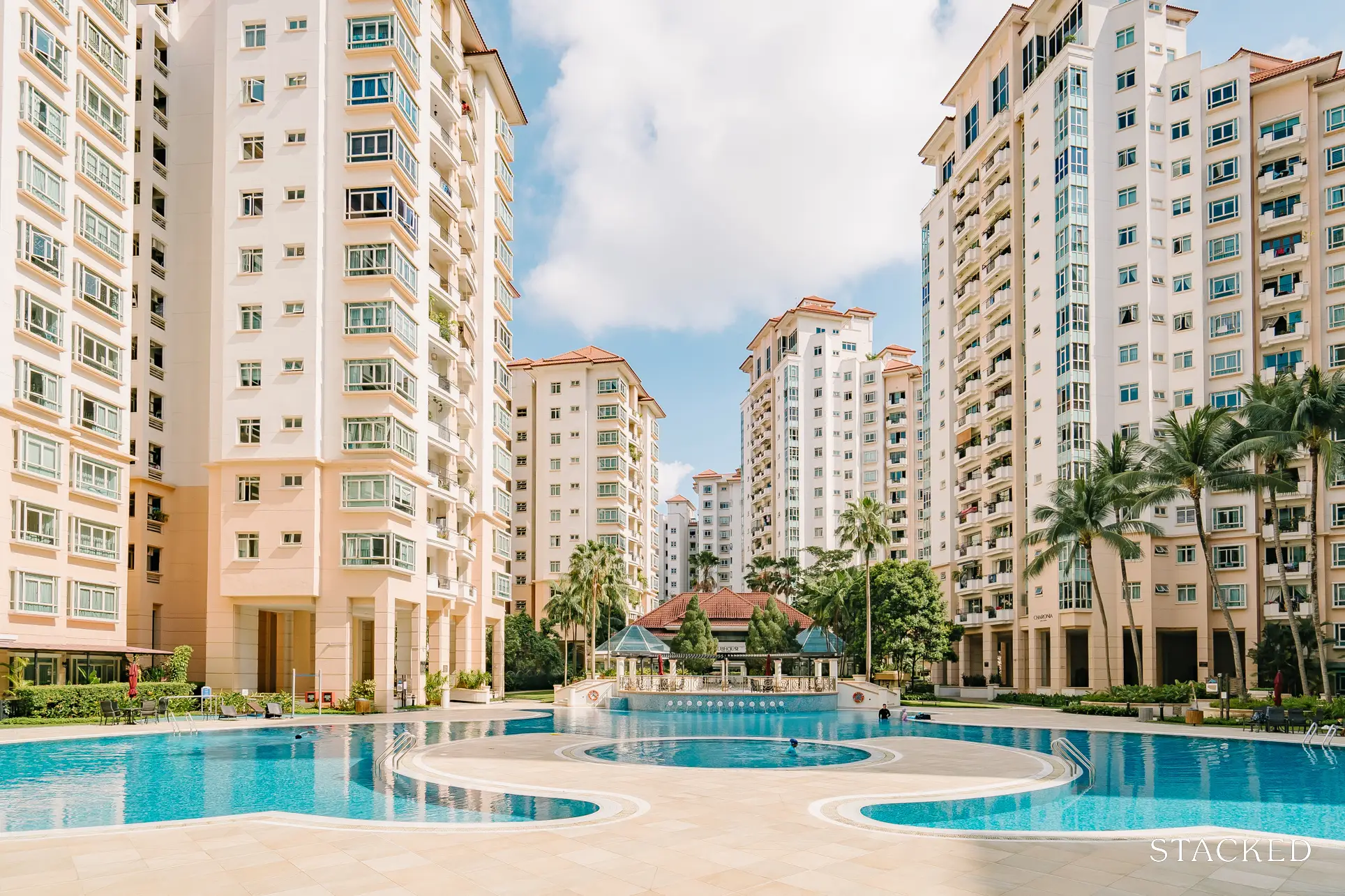
This was disproven during the en-bloc fever in 2017, but it is a longstanding belief that developers prefer freehold. In theory, freehold is better as there’s no need to top up the remaining lease. However, there’s an older reason:
Prior to the ‘00s, it was widely believed that developers would have little interest in 99-year lease properties. What could a developer do with land that has, say, 70 years lease remaining? It was assumed that Singaporeans would be uninterested (although time and again, the market has stunned analyst assumptions; such as with the 60-year lease Hillford).
It was only around ‘04, with the en-bloc sale of Eng Cheong Tower, that the lights went on for leasehold. During this sale, the government had earlier agreed to allow a top-up of the lease, from a remainder of 65 years back up to 99. Once this was established, developers started to see equal potential in leasehold plots.
So whilst the theory that freehold is “better for en-bloc” still remains, we might be seeing a change of opinion further down the road.
While en-bloc sales are still speculative, and not something we’d bet on, we can see it’s come a long way: from being a relatively new and shaky idea, where one objection could sink the attempt, to a much fairer and easier process today. It may also equal the playing field between leasehold and freehold, given that both types tend to go en-bloc before they reach 40 years old anyway.
For more news both past and present about the Singapore property market, follow us on Stacked. If you’d like to get in touch for a more in-depth consultation, you can do so here.
Ryan J
A seasoned content strategist with over 17 years in the real estate and financial journalism sectors, Ryan has built a reputation for transforming complex industry jargon into accessible knowledge. With a track record of writing and editing for leading financial platforms and publications, Ryan's expertise has been recognised across various media outlets. His role as a former content editor for 99.co and a co-host for CNA 938's Open House programme underscores his commitment to providing valuable insights into the property market.Read next from Property Market Commentary

Property Market Commentary A First-Time Condo Buyer’s Guide To Evaluating Property Developers In Singapore
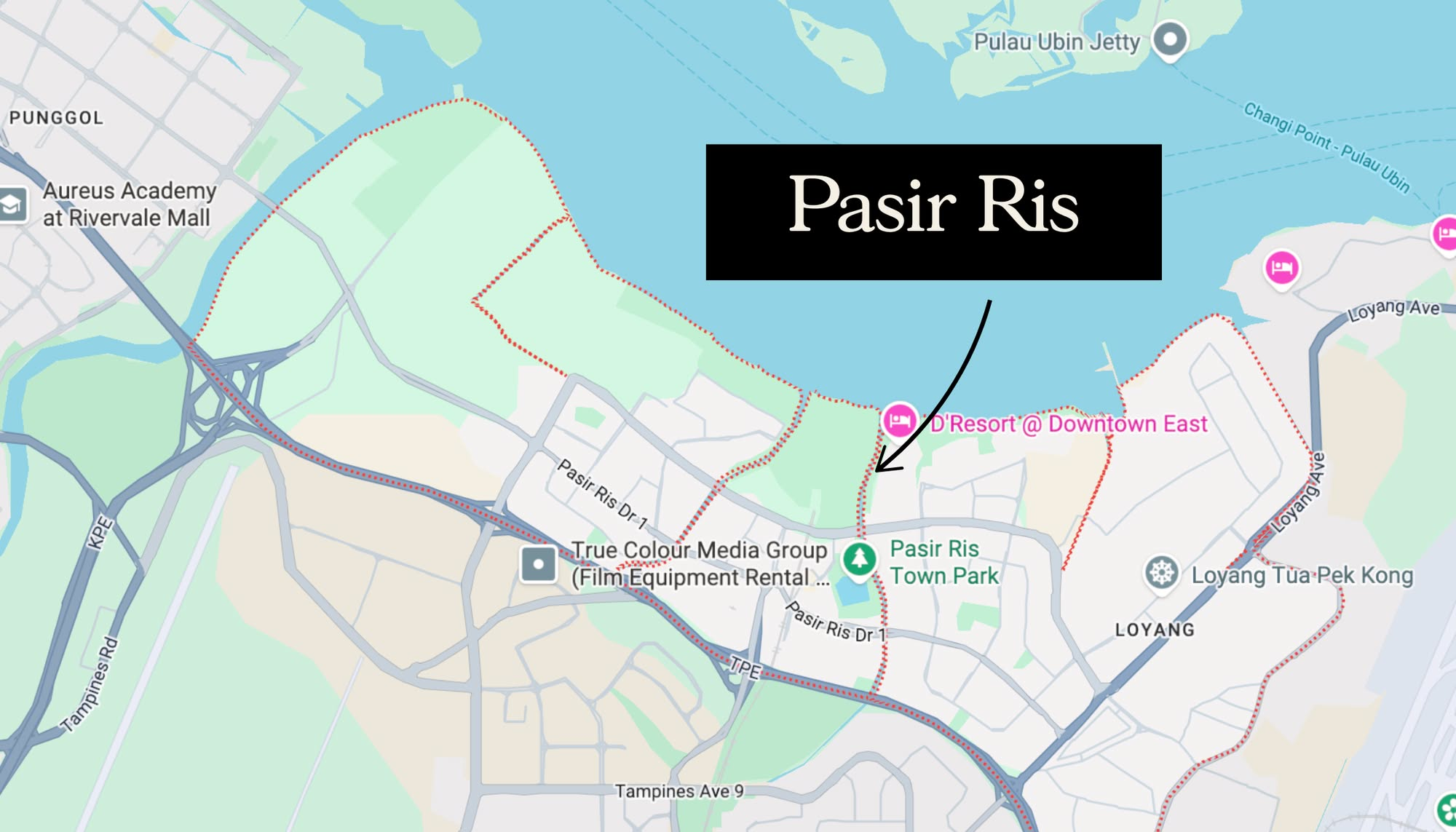
Property Market Commentary Why More Young Families Are Moving to Pasir Ris (Hint: It’s Not Just About the New EC)
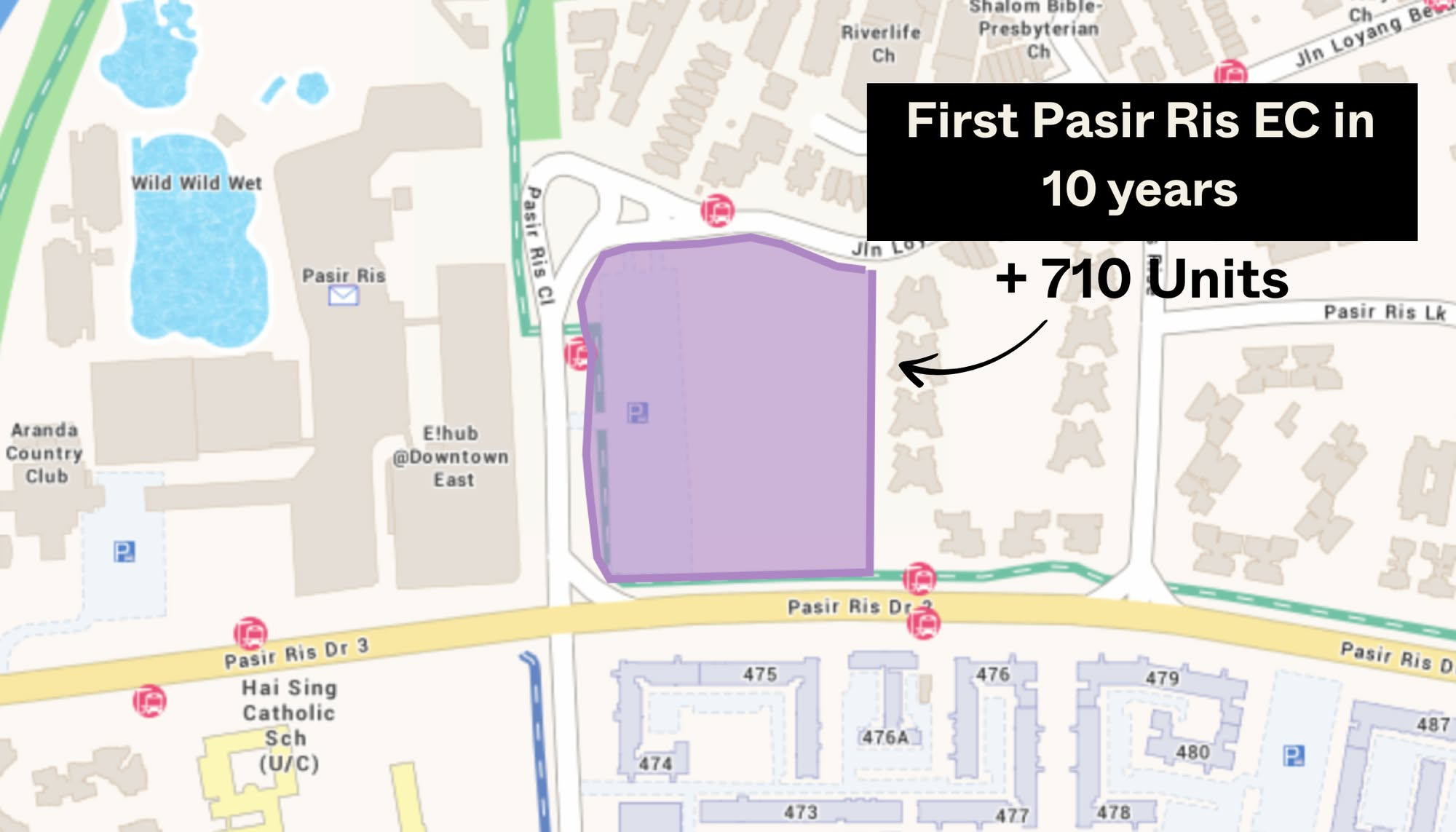
Property Market Commentary This Upcoming 710-Unit Executive Condo In Pasir Ris Will Be One To Watch For Families
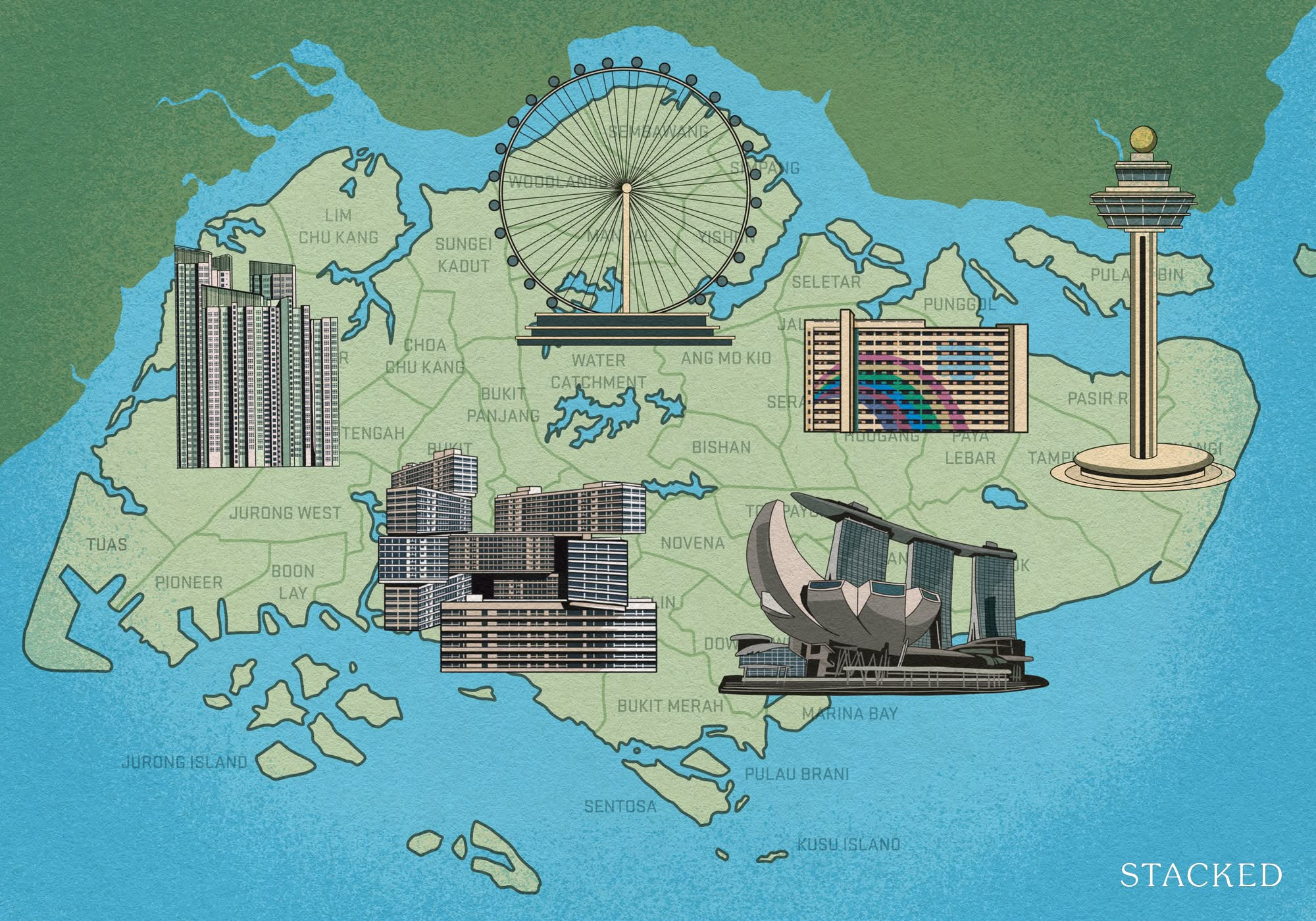
Property Market Commentary Which Central Singapore Condos Still Offer Long-Term Value? Here Are My Picks
Latest Posts
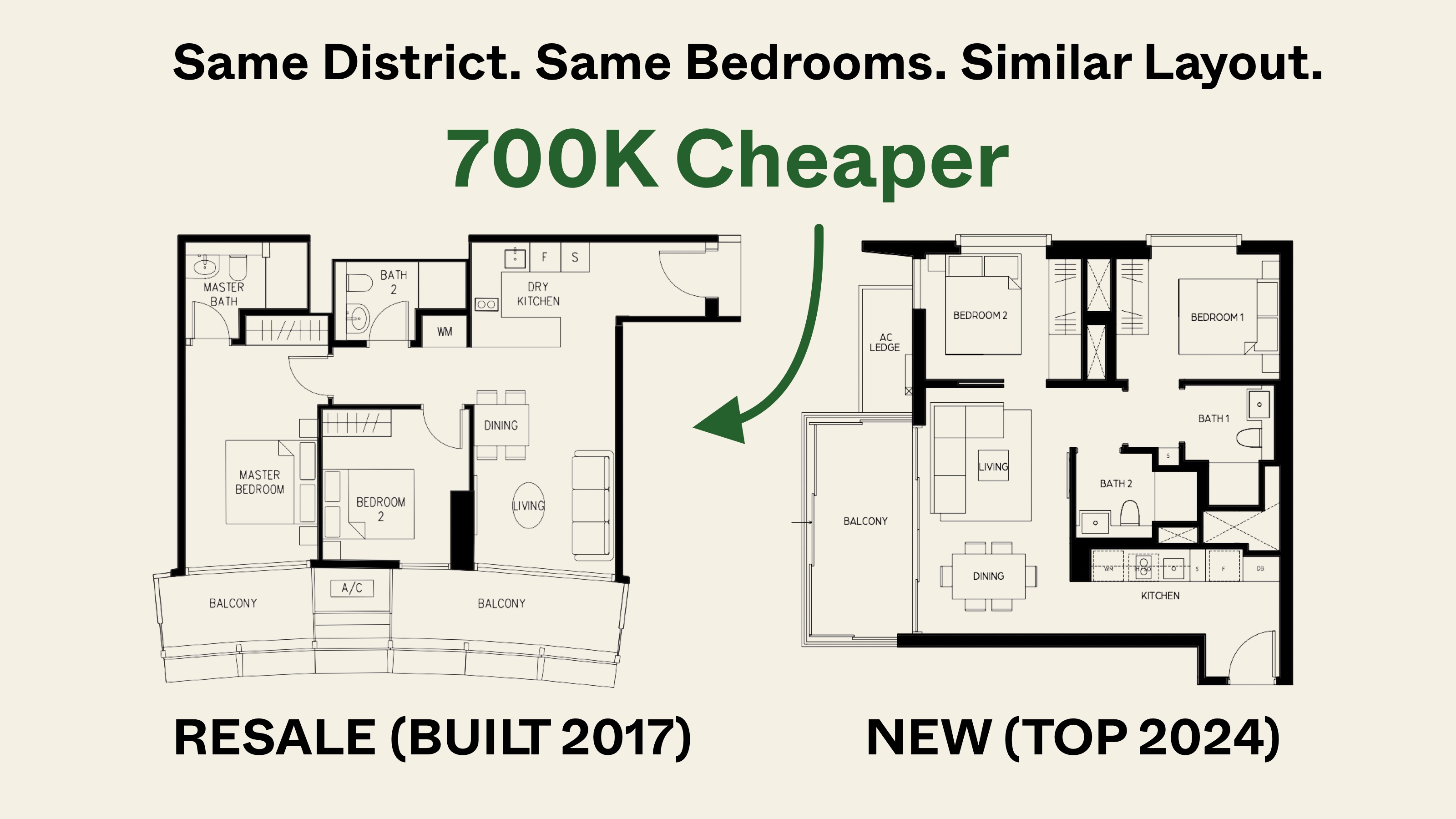
Pro Same Location, But Over $700k Cheaper: We Compare New Launch Vs Resale Condos In District 7

Property Trends Why Upgrading From An HDB Is Harder (And Riskier) Than It Was Since Covid
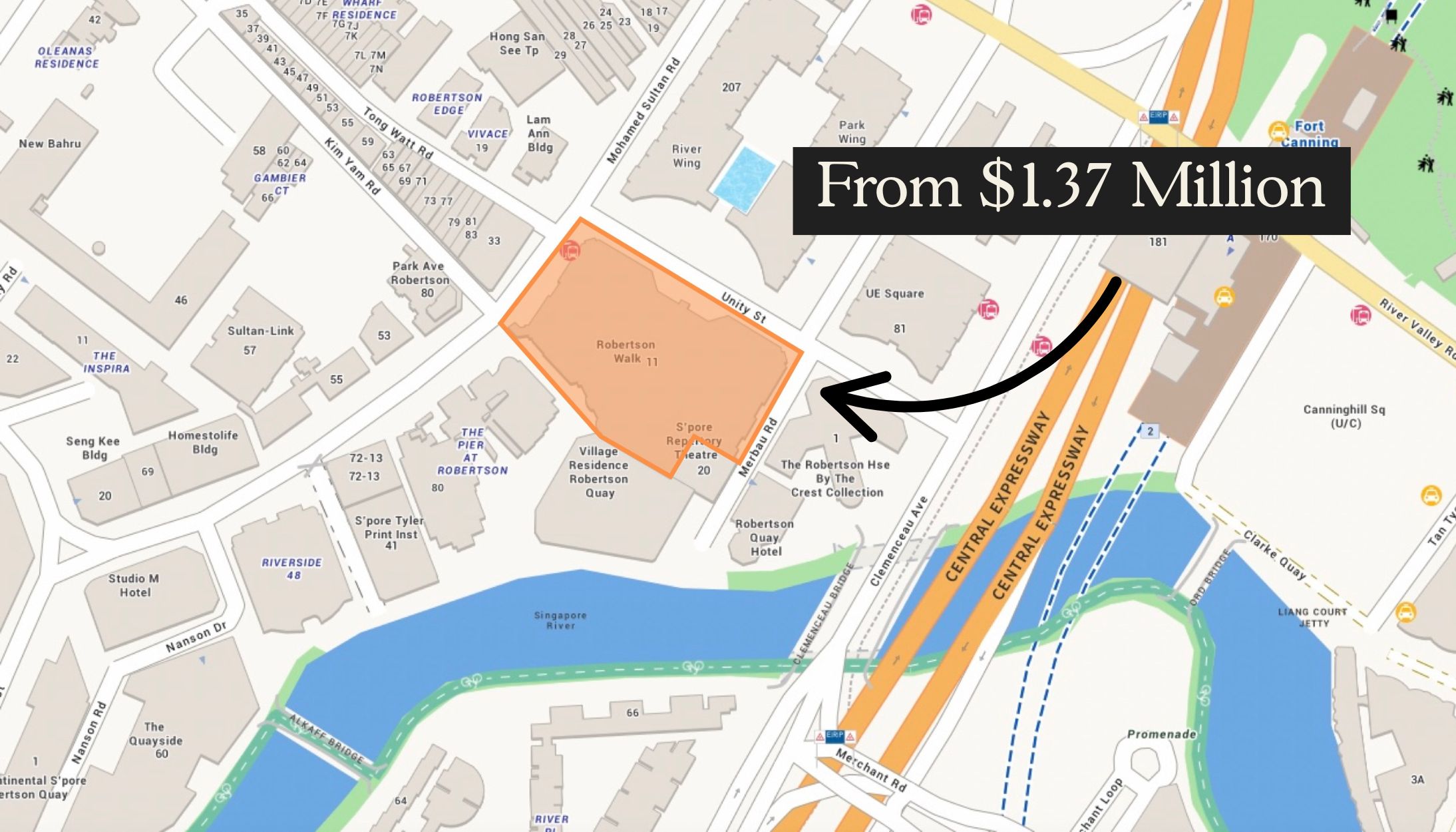
New Launch Condo Analysis This Rare 999-Year New Launch Condo Is The Redevelopment Of Robertson Walk. Is Robertson Opus Worth A Look?
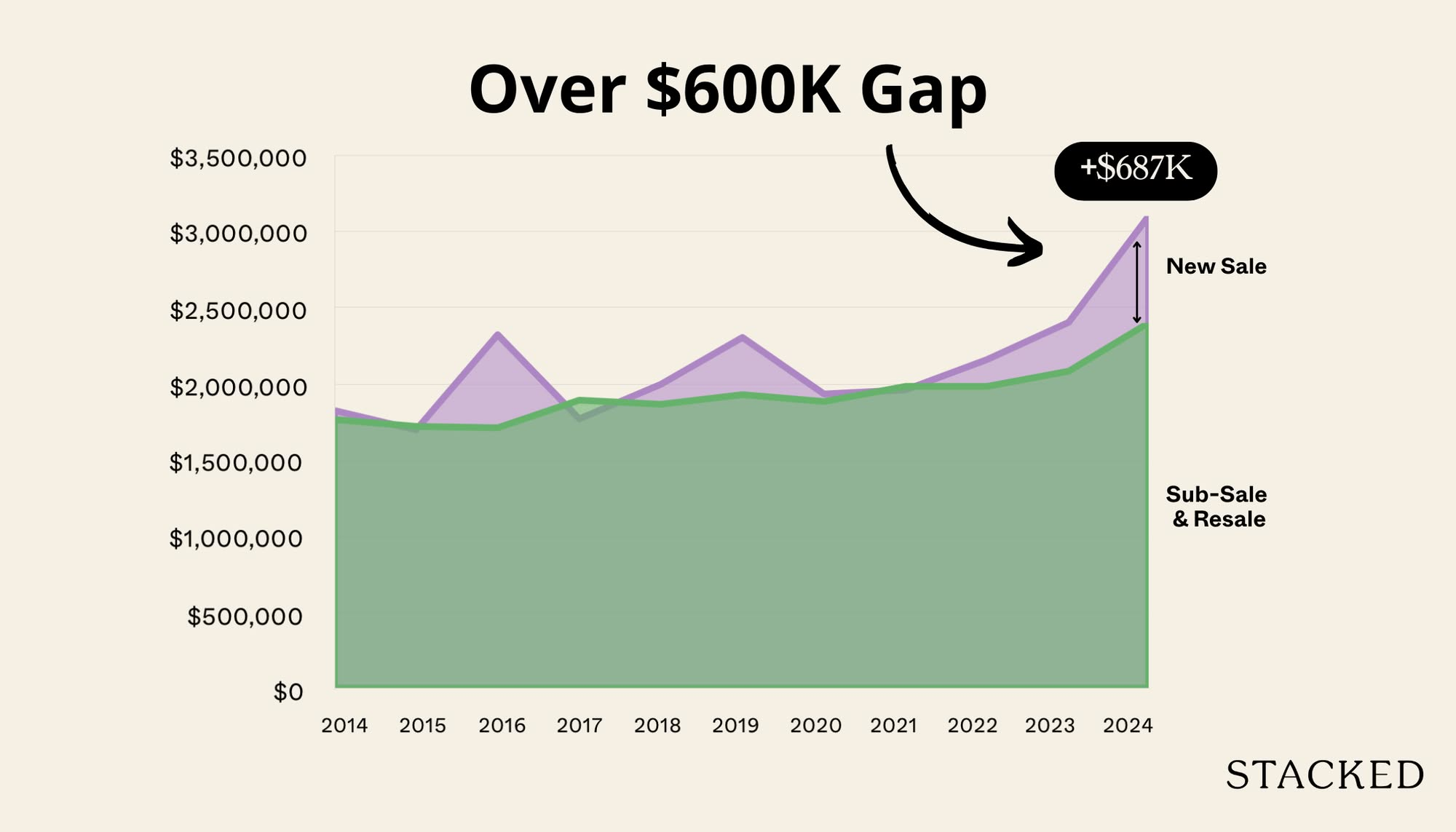
Pro We Compared New Vs Resale Condo Prices In District 10—Here’s Why New 2-Bedders Now Cost Over $600K More
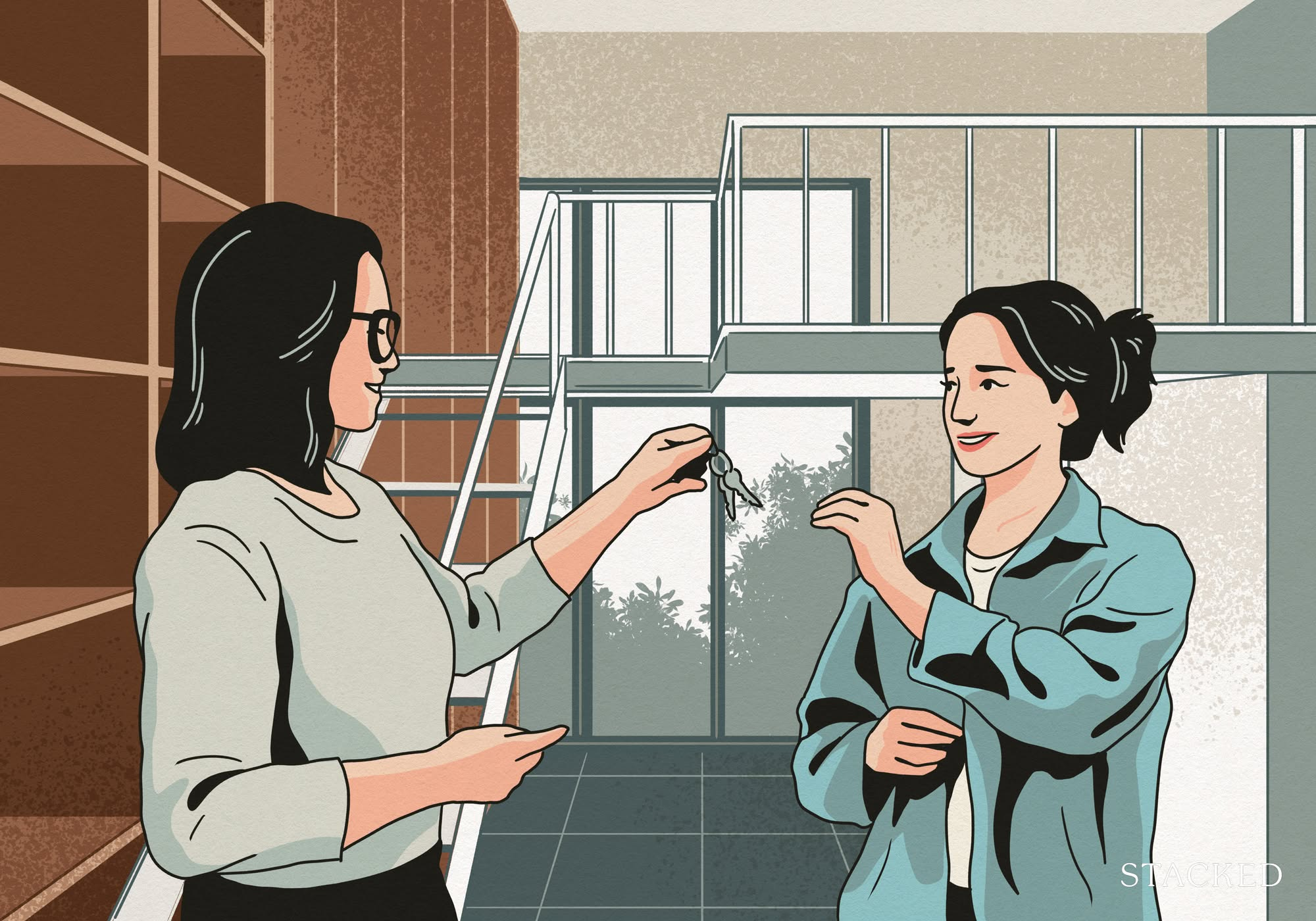
Singapore Property News They Paid Rent On Time—And Still Got Evicted. Here’s The Messy Truth About Subletting In Singapore.

New Launch Condo Reviews LyndenWoods Condo Review: 343 Units, 3 Pools, And A Pickleball Court From $1.39m
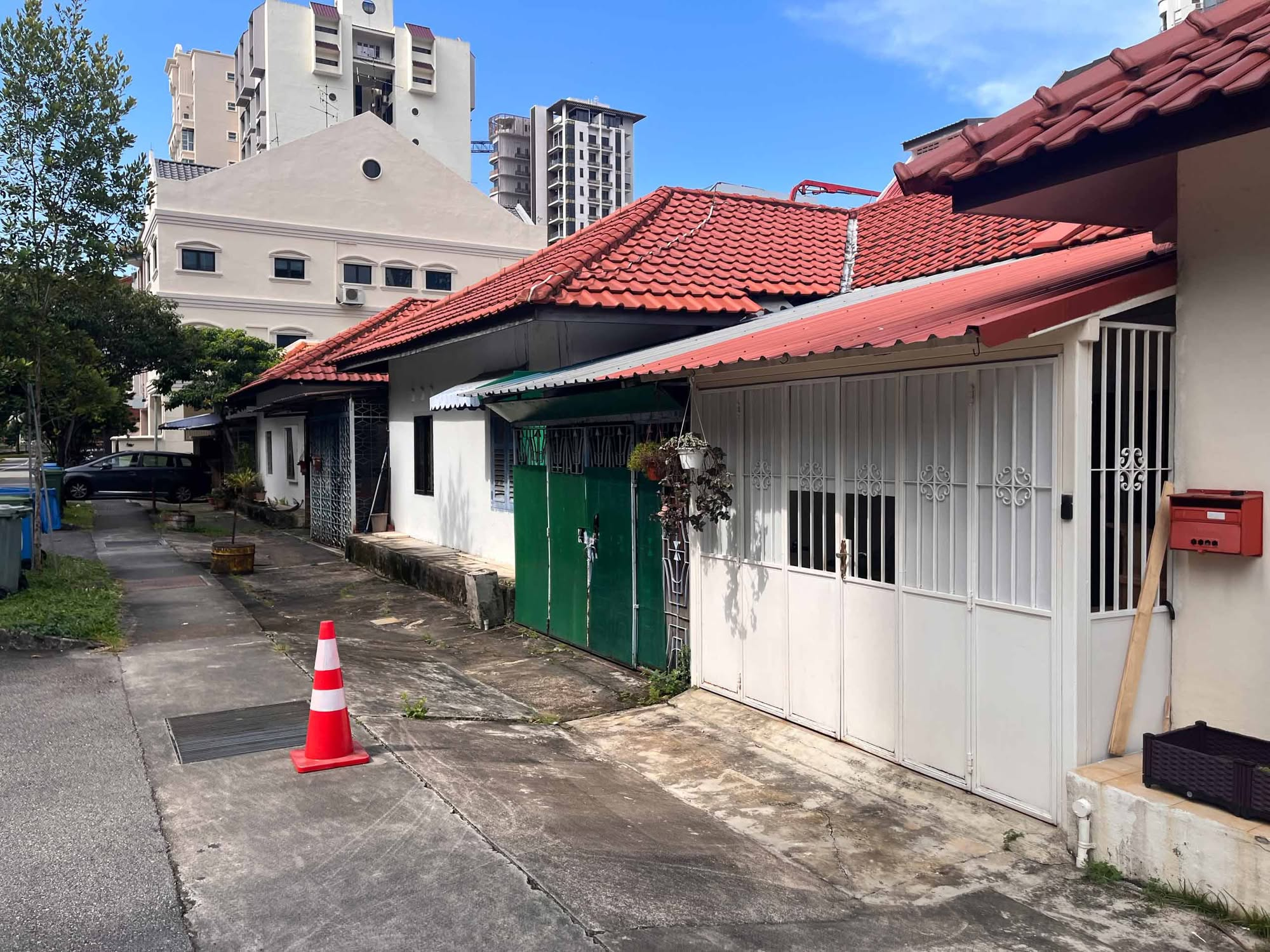
Landed Home Tours We Tour Affordable Freehold Landed Homes In Balestier From $3.4m (From Jalan Ampas To Boon Teck Road)
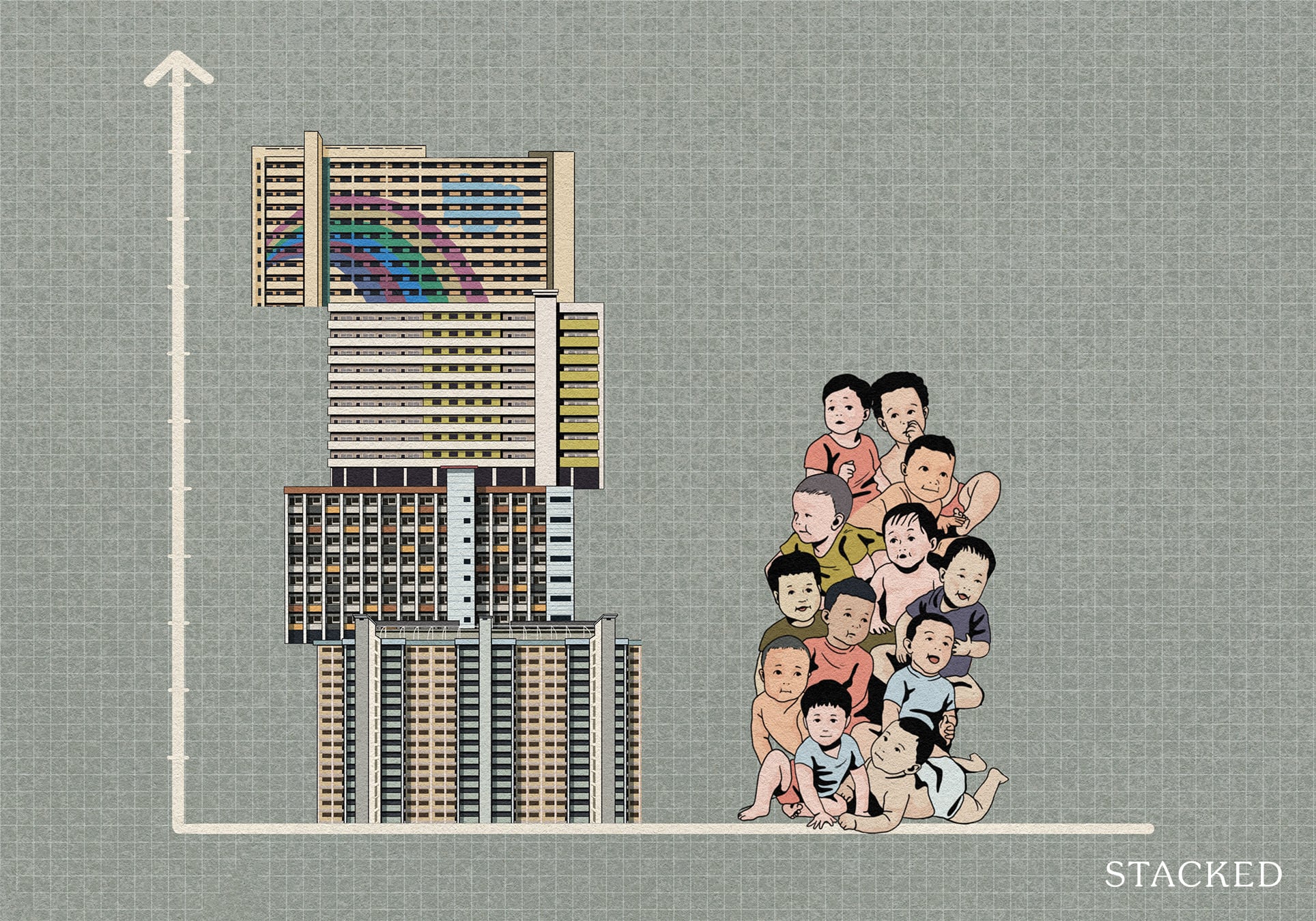
Singapore Property News Is Our Housing Policy Secretly Singapore’s Most Effective Birth Control?
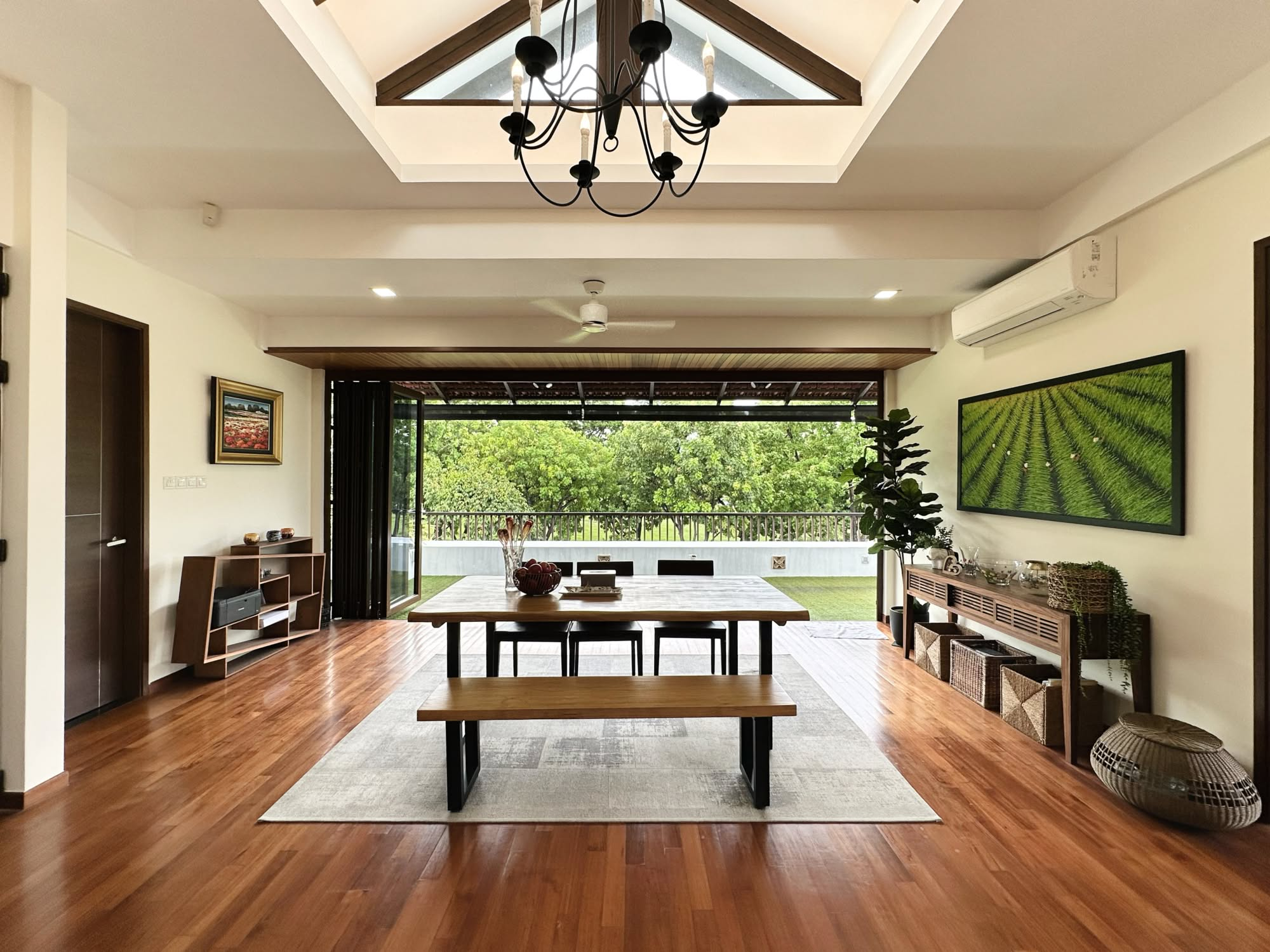
On The Market A 10,000 Sq Ft Freehold Landed Home In The East Is On The Market For $10.8M: Here’s A Closer Look
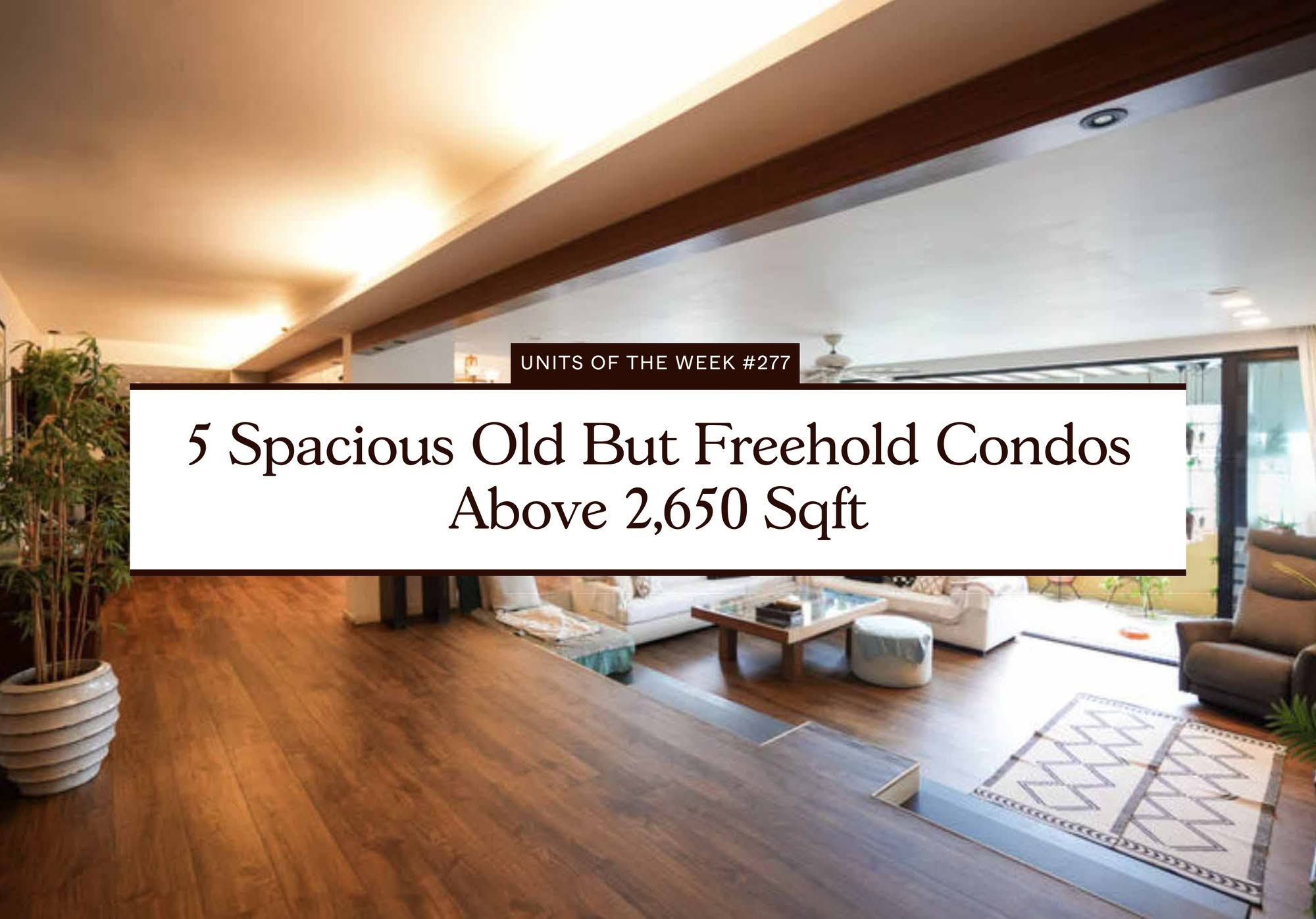
On The Market 5 Spacious Old But Freehold Condos Above 2,650 Sqft

Property Investment Insights We Compared New Launch And Resale Condo Prices Across Districts—Here’s Where The Price Gaps Are The Biggest

Pro Similar Layout, Same District—But Over $500K Cheaper? We Compare New Launch Vs Resale Condos In District 5
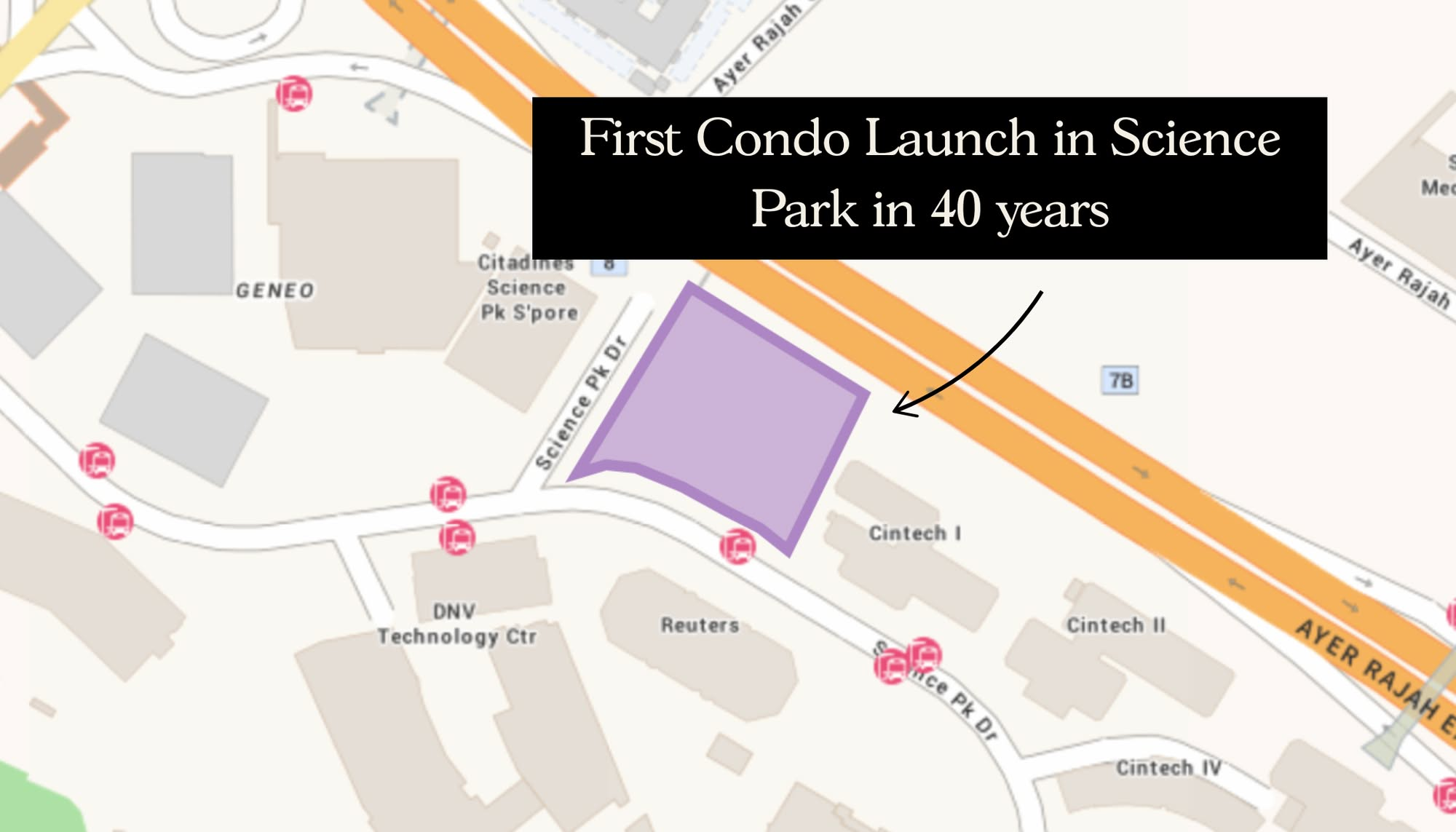
New Launch Condo Analysis The First New Condo In Science Park After 40 Years: Is LyndenWoods Worth A Look? (Priced From $2,173 Psf)
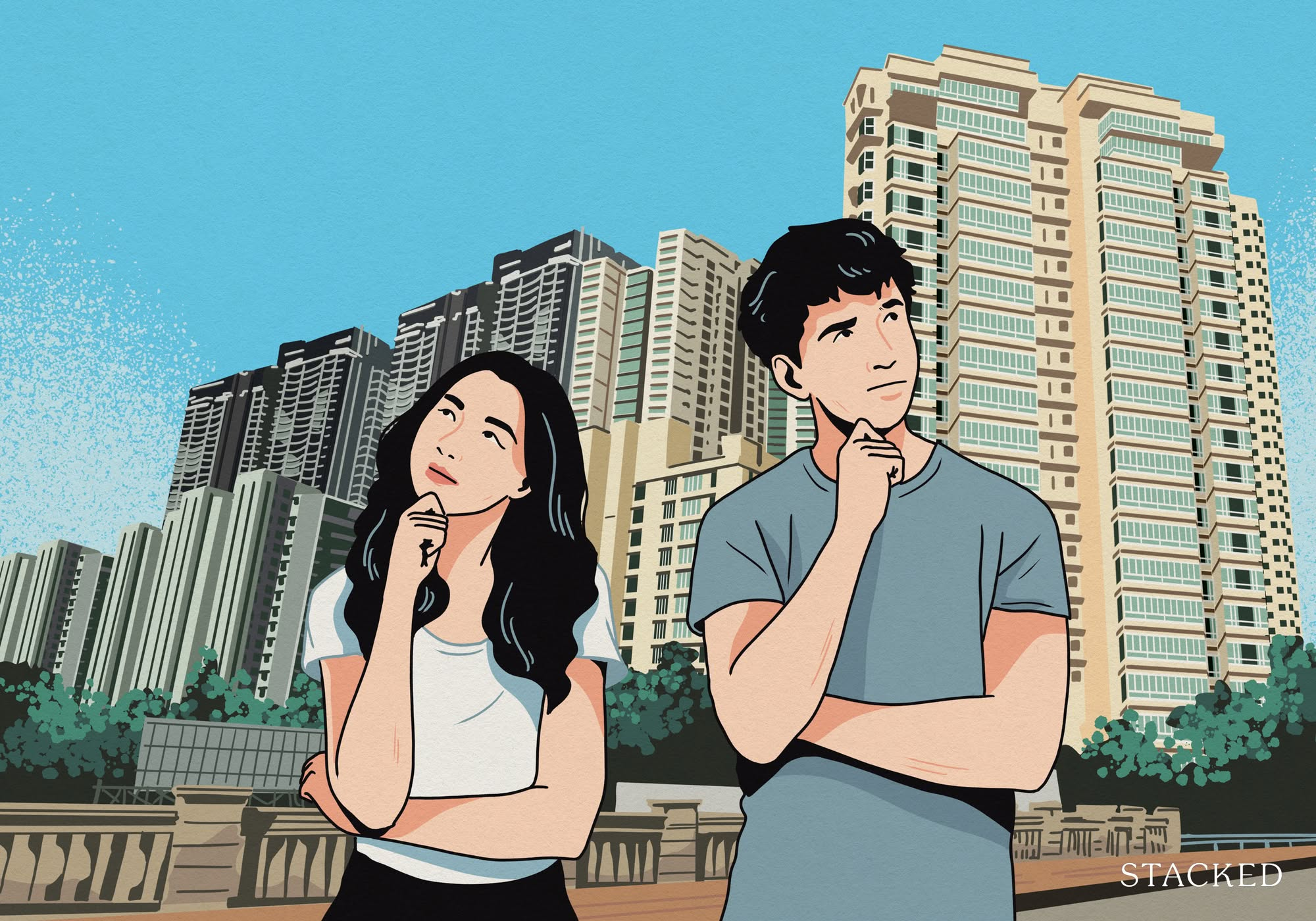
Editor's Pick Why The Johor-Singapore Economic Zone Isn’t Just “Iskandar 2.0”

Editor's Pick URA’s 2025 Draft Master Plan: 80,000 New Homes Across 10 Estates — Here’s What To Look Out For
